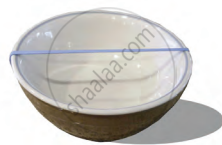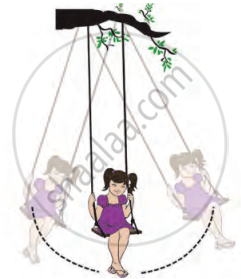1. Aim: To observe how the amplitude of vibration affects the sound produced by a stretched rubber band.
2. Requirements: porcelain bowl or steel glass and rubber band.
3. Procedure
- Stretch the rubber band tightly over the bowl or glass.
- Pluck or jerk the rubber band and observe how far it stretches.
- Repeat the experiment with different amounts of force (light and hard plucks).
- Observe the distance stretched and the sound produced each time.
4. Observation and Conclusion
- Amplitude: The maximum distance the rubber stretches from its original position is the amplitude.
- Greater Force: A larger force stretches the rubber band more, creating a larger amplitude and a louder sound.
- Smaller Force: A smaller force creates a smaller amplitude and produces a softer sound.
This experiment shows that greater amplitude results in louder sounds, while smaller amplitude produces softer sounds.



